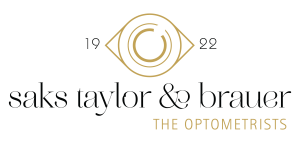Digital Eye Syndrome / Digital Eye Strain (DES) is becoming increasingly concerning. As a result of advances in digital technology, digital devices have taken over our lives, being used for both work and leisure. We spend so much time looking at our computer screens, smartphones, tablets and television screens especially now that many of us are forced to work from home or remote locations.
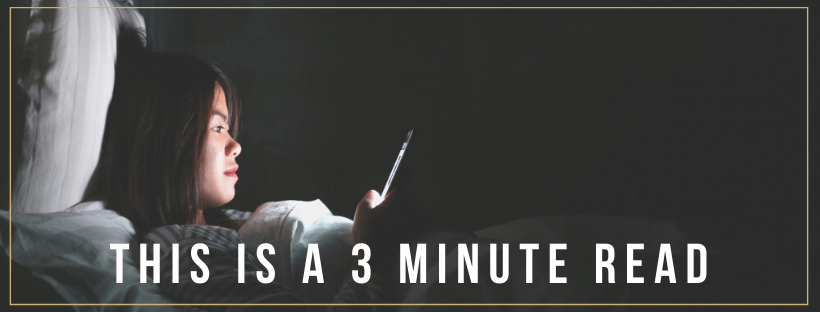
So, what is Digital Eye Strain? Well, according to The Vision council, it is defined as “The physical discomfort felt by individuals after two or more hours in front of a digital screen.”
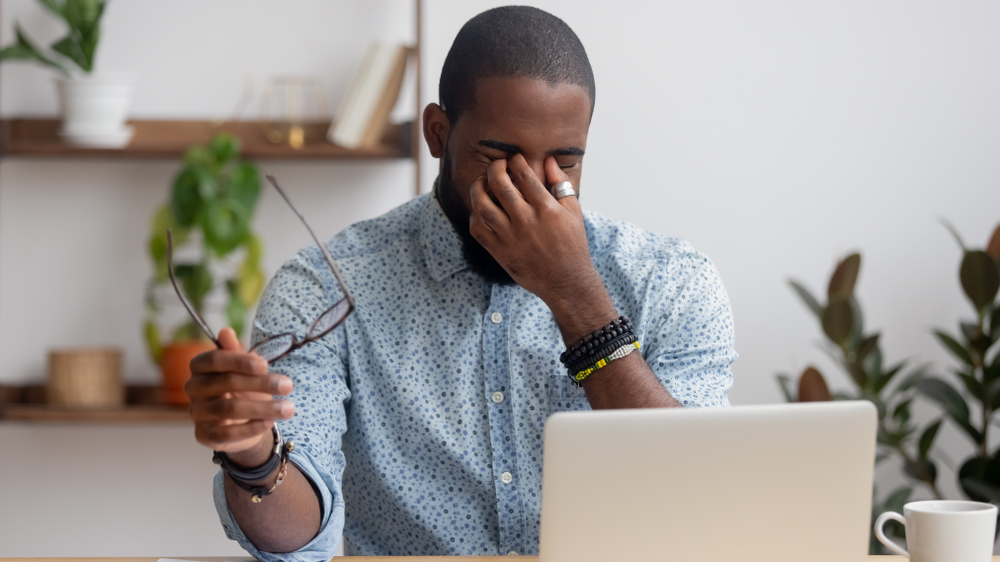
Practically everyone, young and old, owns a device of sorts. Nearly 70% of users report experiencing Digital Eye Strain (DES) due to prolonged use of electronic devices. Some symptoms of DES include eye strain, dry or watery eyes, fatigue, headaches, blurred vision and neck and shoulder pain. There are significant differences between working on screens compared to working on documents. These differences include the distance from your eye to the object you’re focusing on, image quality of the screen, change in blink patterns (we blink about 80% less when looking at a screen compared to when we’re not so out eyes are inclined to get dry!) and head position and together they all contribute to the worsening of symptoms accompanying increased screen time.
So can we do about the eye strain so many of us experience when we’re doing hours of screen work? Well, as you can see from the symptoms above, you have to tackle several aspects in order to reduce it:
- Have your eyes examined to see if prescription lenses might be the answer! (This is simple! To make an appointment click here.)
- Make sure the office ergonomics are good and your posture is correct when you have to spend hours on your laptop or computer screen.
- Manage any dry eye effectively. We’ll discuss this in detail in future newsletters and posts, but this will include use of ocular lubricants, nutritional supplementation, effective and consistent eye-lid hygiene, Blephasteam and other in-office treatments, discussions around chronic medication etc etc. There are many management options; Dry eyes are complicated and need to be thoroughly investigated!
- Use blue light blocking spectacle lenses. This is our focus today and we will explain in detail below:
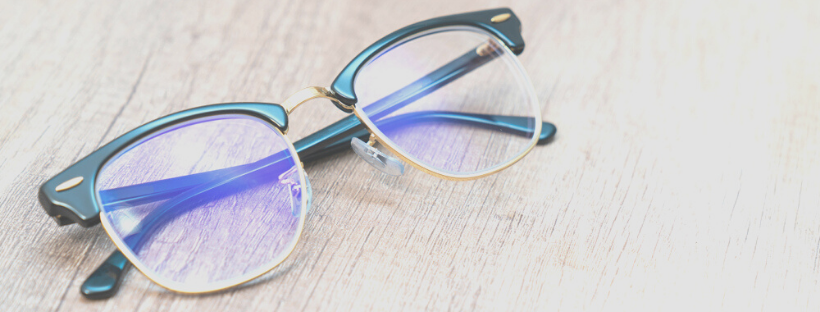
Visual Hygiene, with regards to screen time, is an important new concept in our modern day and age – The rule to remember is the 20/20/20 Rule: For every 20 minutes, take a break for 20 seconds and look away from your screen at something at least 20 feet (6m) away. But we get it, who has time to do that every 20 minutes?
So, let’s talk about the blue light emitted by screens. Prolonged exposure to this has been linked to increased ocular fatigue and suppression of the sleep hormone, Melatonin, causing disrupted sleep patterns in many people. Here’s what you can do to help with DES:
• Change the settings on your devices to limit the blue light the screen emits. This varies with different devices and platforms, but generally they all provide this, just go look for it.
• Stop all device use about an hour to 2 hours before you want to fall asleep, this will help with the melatonin issue mentioned above.
• Finally, consider using Blue-Blocking spectacle lenses for use when working or reading on a digital screen. These are lenses with a coating which blocks the transmission of detrimental blue light.
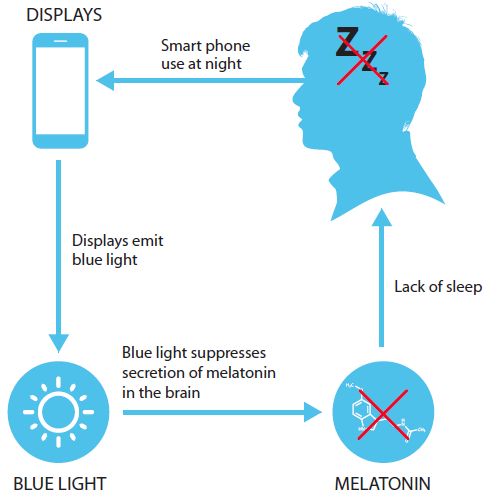
However, it is important to note that there is currently no conclusive evidence showing that digital blue light is a hazardous or been linked to retinal diseases. But, never have human beings spent so much time looking at screens. What is the effect over 60 years? Who knows! We cannot say for sure, but we can’t currently completely rule out possibility of damage to our eyes.
One thing is certain: People are exposed to significantly more blue light today — from multiple sources — than ever before. Not all Blue blocking spectacles lenses are created equal! Inferior quality blue blocking lenses can make the world look too yellow or orange and removing all blue light might lead to increased melatonin production causing drowsiness. By choosing good quality Blue-blocking lenses, these negative effects can be avoided.
Luckily lenses with the Blue-blocking anti-reflex coating do not have to come at the same price as your digital devices and there are many affordable, good-quality options. These particular lenses are not necessarily for everyone, but if you are one of those who have tiny websites burned onto your retinas or part of the 70% experiencing some of the above-mentioned symptoms, it might be a good idea to discuss the various options with your optometrist at Saks, Taylor and Brauer!
